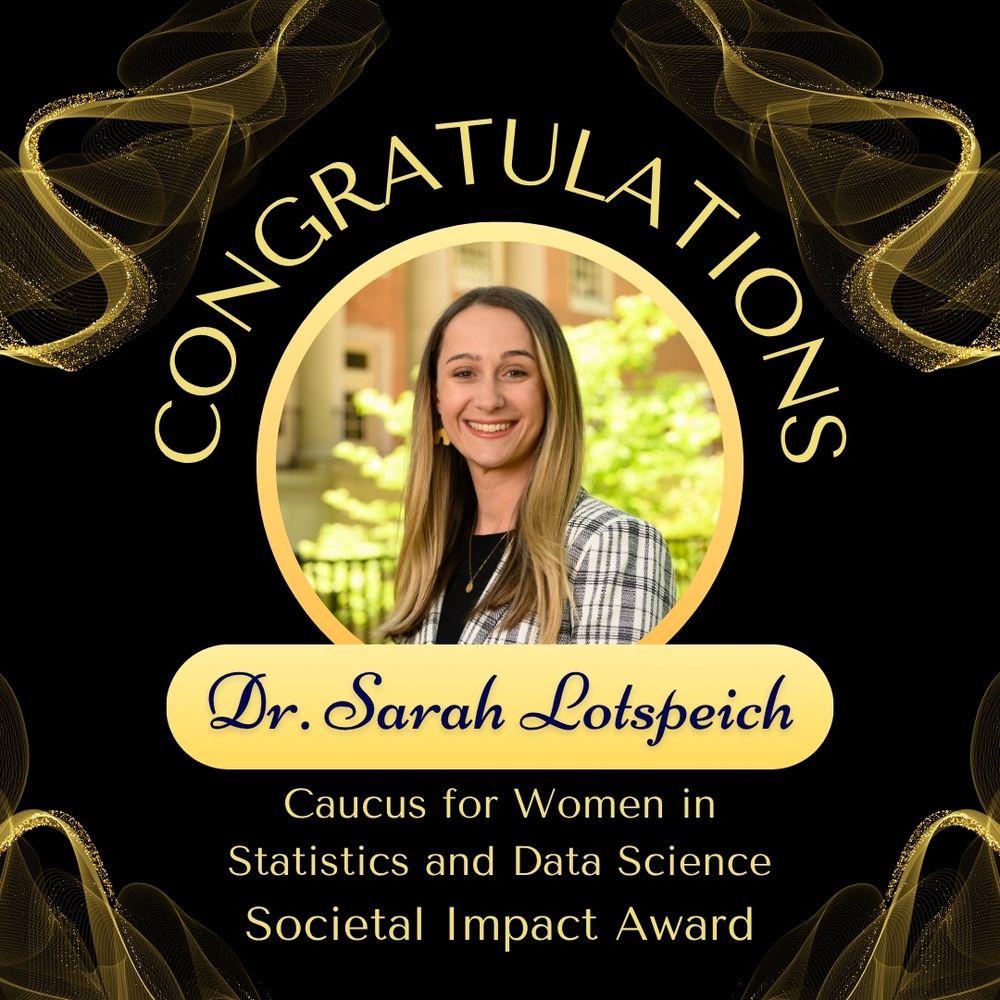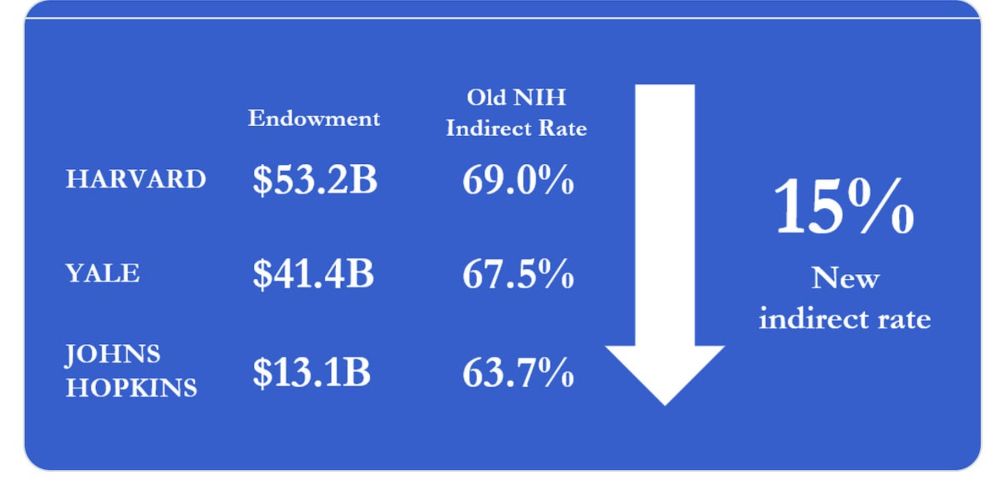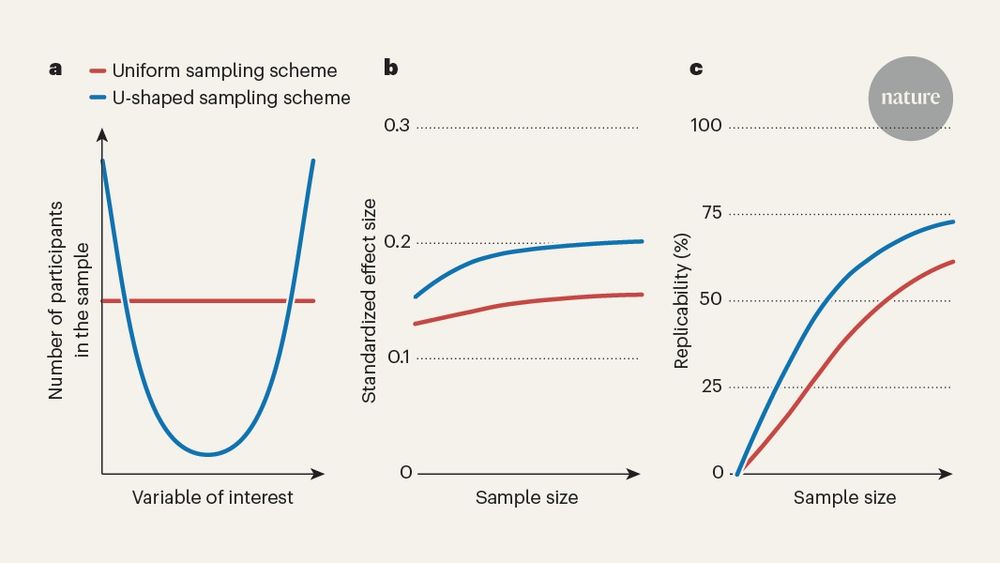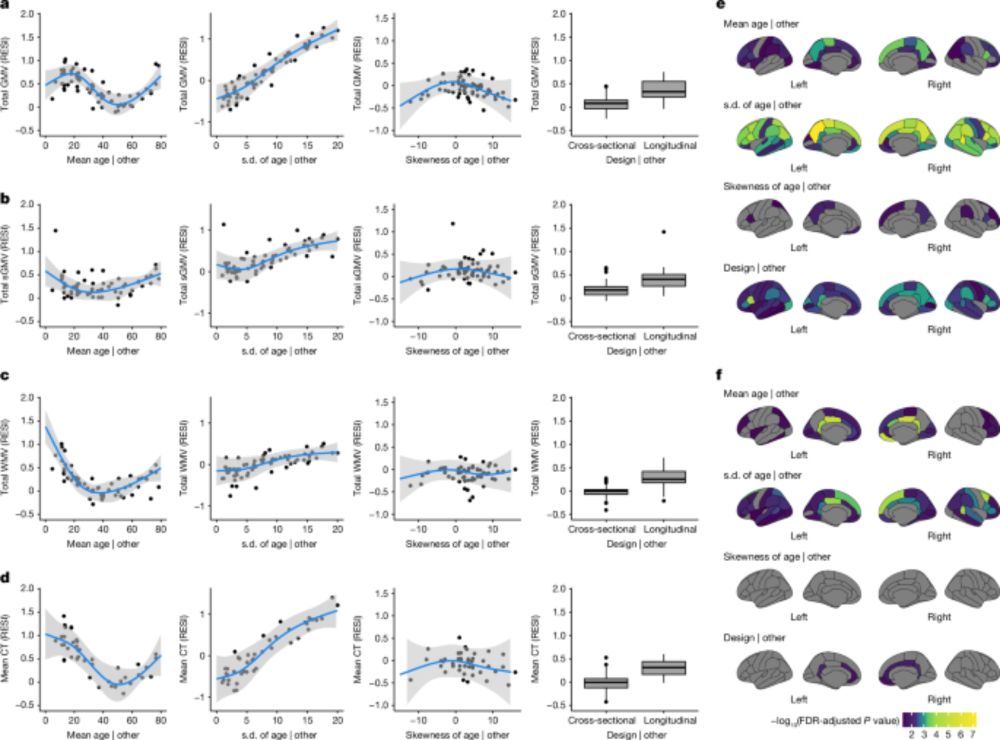https://kaidik.github.io/

doi.org/10.18637/jss...
Check out the website (statimagcoll.github.io/RESI/) to report bugs or request model types.
@mntj21.bsky.social - first author, with @kaidikang.bsky.social


goodscience.substack.com/p/indirect-c...

goodscience.substack.com/p/indirect-c...




In this work, we investigated how we can leverage study designs to improve the replicability of brain-wide association studies (BWAS)
👇👇👇
www.nature.com/articles/s41...

In this work, we investigated how we can leverage study designs to improve the replicability of brain-wide association studies (BWAS)
👇👇👇
www.nature.com/articles/s41...
www.nature.com/articles/d41...


Also proud of the team at #MIDB in the support! @tervoclemmensb.bsky.social @bart-larsen.bsky.social and more!
If you are interested in optimizing study designs, take a look, it's a great read!
www.nature.com/articles/s41...


